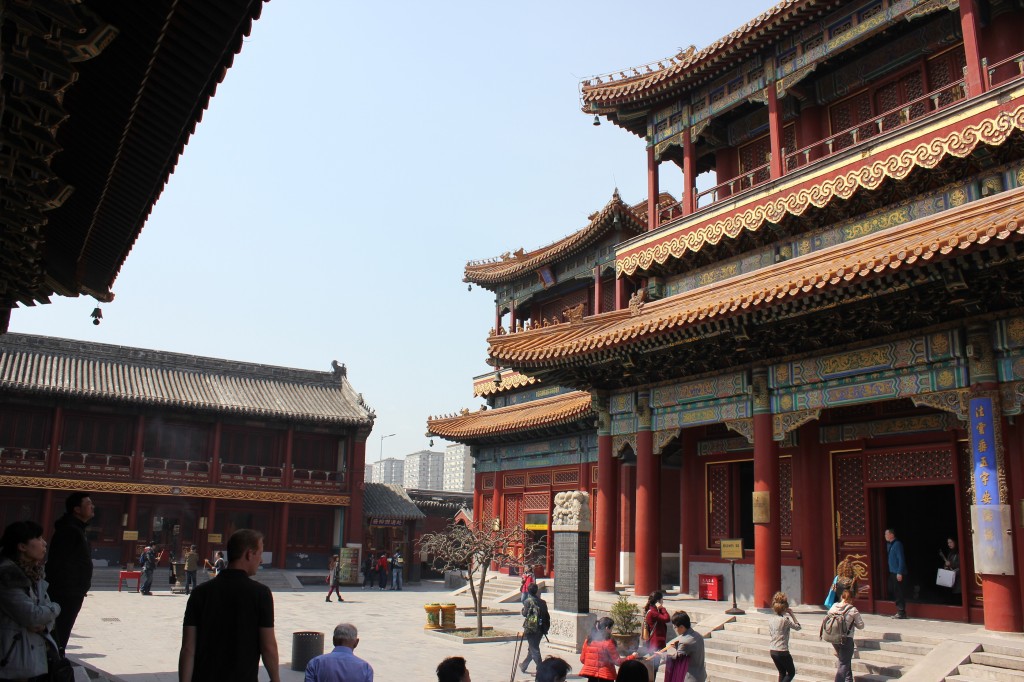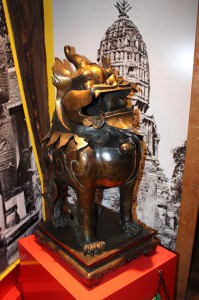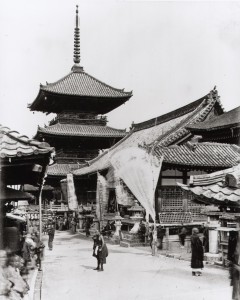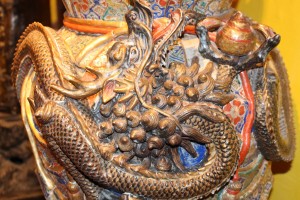
Travel in our own times has become much more democratic and a younger generation’s fascination with exploring the world with their backpacks should, perhaps, be unsurprising given the British nation’s international mercantile history as traders, explorers and adventurers.


Robert Henderson was born in 1851, the year that Prince Albert proclaimed the importance of international trade to wealth, peace and understanding between nations through the Great Exhibition of 1851. The Crystal Palace was designed by Sir Joseph Paxton and first erected in Hyde Park. The exhibition inspired a series of trade expositions across the globe including Paris and Philadelphia. It seeded the idea of the Global Economy. Robert Henderson was himself part of the 19th century global economy. He was a director of numerous companies including R & J Hendersons East India Merchants, The Bangalore Jute Factory Co. Ltd, India Rubber, Gutta Percha & Telegraph Works Co. Ltd and the London Assurance Corporation. This influential business leader was to become a director of the Bank of England.
Emma Henderson’s father, Jonathan Hargreaves, owned a printing firm and in 1862 the family had moved from Hampshire to Rome for his health. He did not recover and died in the January of 1863. The family returned home to Cuffnells in Lyndhurst, Hampshire. When her mother died in 1872 she left Emma £12,000.
There are four albums of remarkable photographs at the Horsham Museum which are thought to have been collected by Robert Henderson. The photos reflect Robert’s extensive tours of the Far East and America in 1874 and 1875. He travelled in India, Singapore, Jahore, Java, Borneo, Siam, China, Hong Kong, Japan and America. Many of the photographs chosen were produced by the company Bourne and Beato. Photographs by this firm are highly regarded by today’s historians and collectors. They speak of the international lives led by Robert and Emma Henderson (neé Hargreaves) whom he married on 24th September 1878. In 1880 they moved to Sedgwick Park, near Horsham.
In 1885 Robert and Emma travelled to Japan. It was during this trip that they bought the large Satsuma earthenware vase and cover now in the Horsham Museum’s collection. I particularly like the quality of the Buddhistic dragon chasing the flaming pearl which encircles the body of the vase. The Henderson’s large 16th/17th century Chinese bronze censer in the form of a temple dog is exquisite and a jewel in Horsham District’s cultural crown.
These and the other Henderson artefacts were donated to the museum’s collection by Emma’s daughter Violet. Violet was born in 1902 and was to marry Lord Leitrim. It was as Lady Leitrim that Violet made this extraordinary gift in 1931. Patronage and generosity are always qualities to be celebrated and honoured over the passage of time.
In an age where modern travel is accessible and relatively inexpensive it is easy to forget how international Britain’s outlook was in the 19th and earlier centuries. Our nation has always prospered when we return to international, mercantile trade. Perhaps it is time for us to rediscover from our past the confidence to once again become an international trading nation. To take up a central role in a global economy which was articulated here in Britain back in 1851.

Our shared history and culture gifts us with a common narrative and identity. This is vital to the building of healthy societies and communities. It is equally vital to have passionate and knowledgeable custodians of the stories and treasures of our District and the world. Jeremy Knight at the Horsham Museum & Art Gallery continues to celebrate, preserve and proclaim our heritage. He should be applauded for his important work in this field. The Horsham District Council is to be commended for its continued support too.
For more information on the Horsham Museum & Art Gallery’s wonderful permanent collection and excellent program of exhibitions, including the current ‘Women of Horsham’, go to www.horshammuseum.org.
By Revd. Rupert Toovey. Originally published on 11th June 2014 in the West Sussex Gazette.